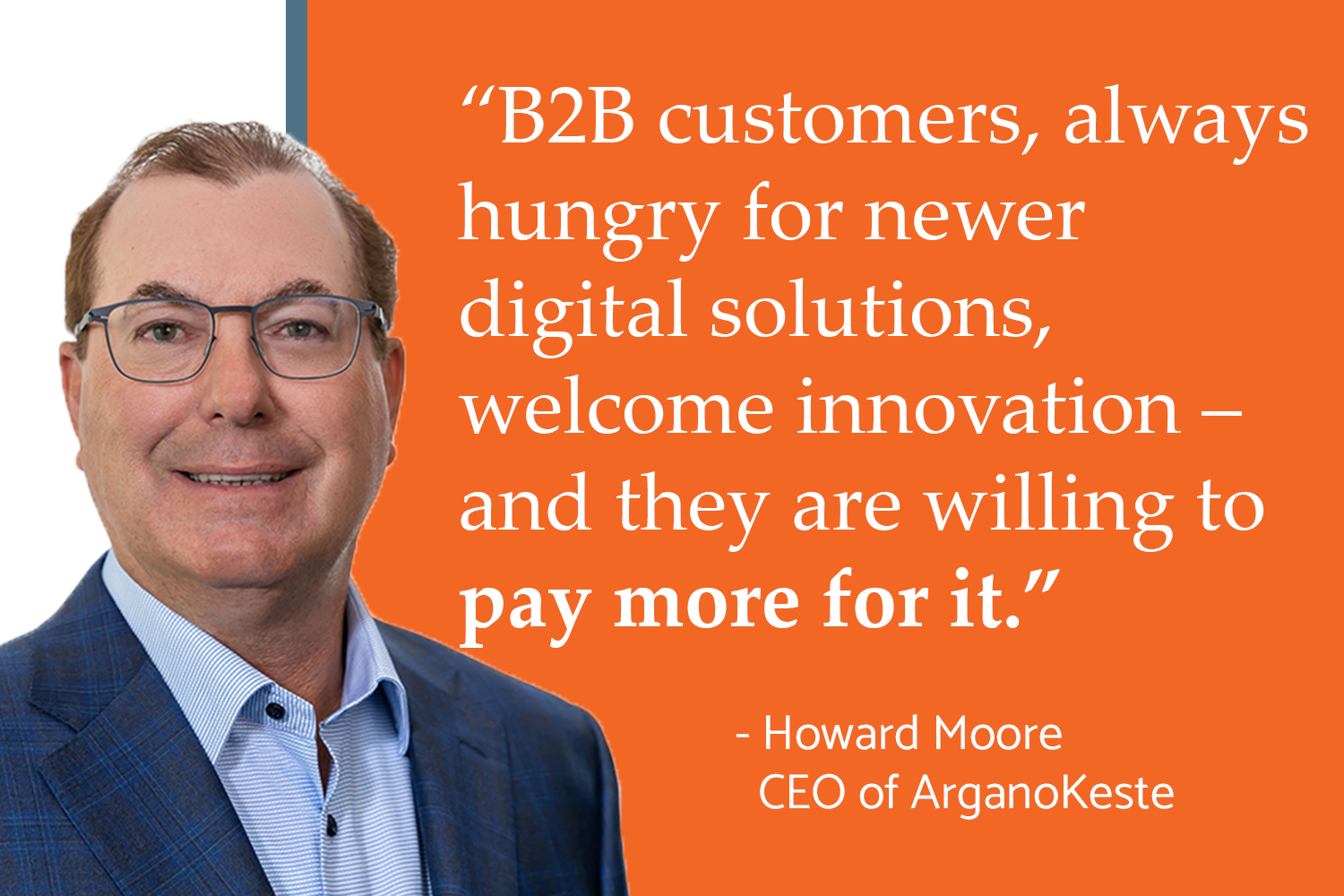It’s hard to believe, but it’s only been a few weeks, or months, depending on where you live, since the beginning of the coronavirus crisis. In addition to the concerns we all have about our and our loved one’s health, many of us are struggling with the staggering effects this crisis has had on business – especially those whose livelihoods depend on in-person commerce.
Overnight, the buying and selling of physical goods became a nightmare for many. But for the digital pioneers who bolstered their ecommerce efforts early, the effects of the crisis are not quite so bad – and there is a lot we can learn from their successes.
But first, you need to get up to speed on exactly what it means to be a smart seller in today’s digital world. Simply put, a smart seller is one that focuses on providing a quality digital experience, regardless of market or industry. It’s a seller that recognizes the need for a comprehensive, consistent buying experience. Despite the varied mix of tools and processes required to implement digital, there are really just four basic principles to follow:
Be free with information
Buyers conduct most of their product research online, with no salespeople involved, and need comprehensive, accurate, and easily-navigated information at their fingertips.
Sales reps need to know what’s trending, where to find inventory, and buyer history. They want accurate, near real-time data about pricing, delivery dates, and inventory location, along with valuable discovery tools like comparison and recommendation engines that provide buyers and sellers with timely, relevant information.
Provide multiple channels for active communication
Keeping buyers and sellers communicating and connected is critical to the success of your digital commerce efforts. In the B2B world, where large and complex sales are routine, buyers want to know that they have the support and expertise of a personal sales rep who understands their business. Online chat, or partner communities that support forum style messaging can be really helpful here. In the B2C world, buyers might tweet and expect a rapid response. Different channels, different responses required. What isn’t different? The need to make communicating easy, available, and integrated within the communication channel that customers prefer.
Promote relationship building
Consistent, quality interactions over time help to build strong customer relationships and loyalty. One way to accomplish this is by providing ongoing personalized experiences using the right information, communication strategies, and tools. It’s imperative that you build rewarding interactions that make customers want to stick around. Centralizing data, from CRM to fulfillment, ensures that the right information gets served up at the right time.
Minimize friction from product complexity
Complex sales are no excuse for complex ordering experiences. Empowering buyers with a low-friction close is the digital equivalent of selling past the “yes.” In fact, companies that make their complex ordering processes customer-friendly know that frictionless sales are the real differentiator that attracts their buyers away from the competition. Why? The easier the buying and selling experience is, the better the odds that a customer will buy from you, even if they prefer the product that your competitor is selling.
There’s no question that the coronavirus pandemic will forever change the way we do business, and drive it in a more digital direction. And while digital transformation can be a difficult transition for many companies, with the right principles and tools, we believe it’s the smartest and safest path forward for businesses still stuck in analog practices.
Thinking about starting your digital transformation? Request a free consultation with Keste today to learn how implementing the correct strategies and tools for your business can put you on the path to smart selling.








